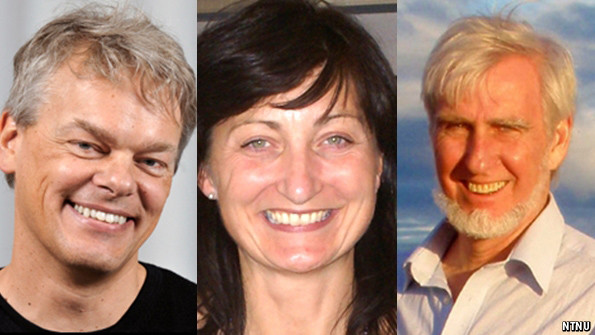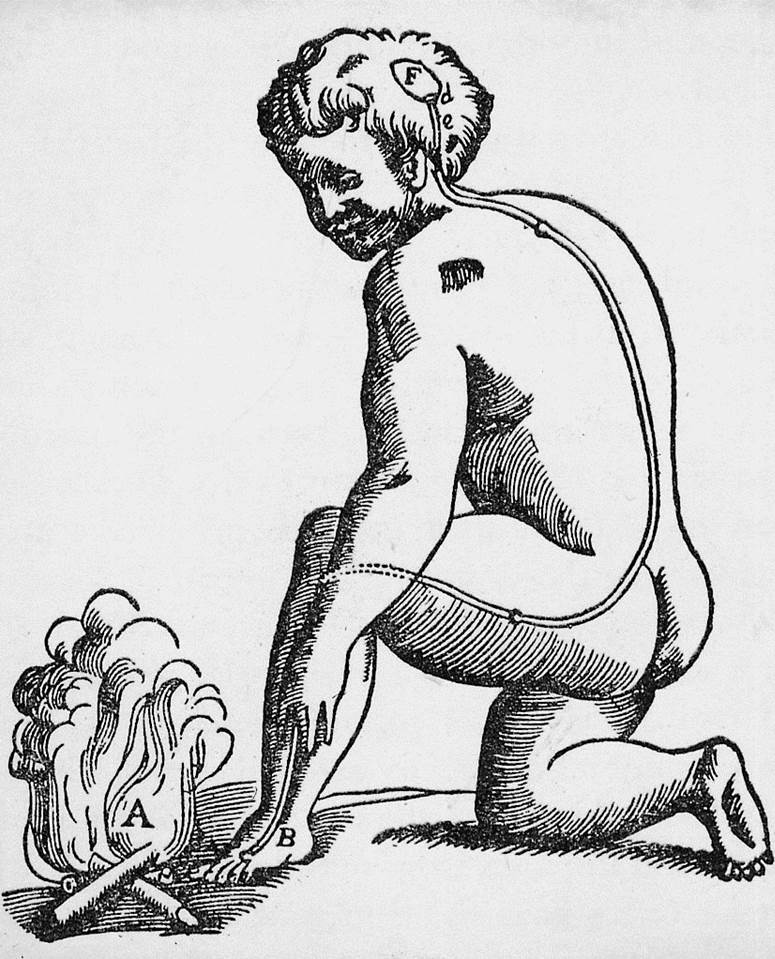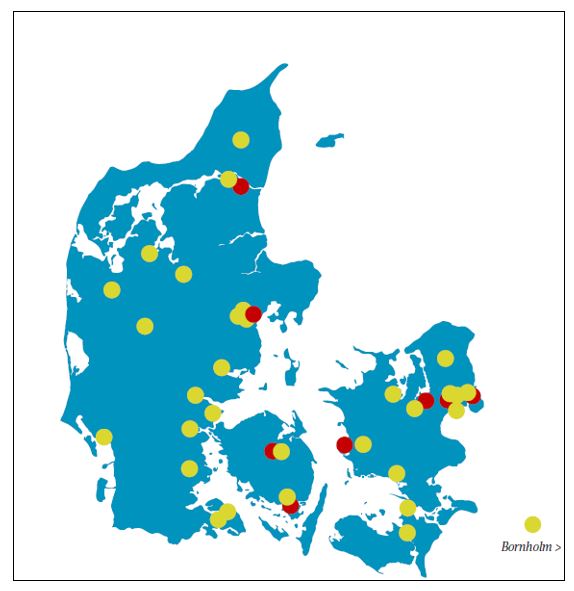by Antonio Federico
The Nobel Assembly has decided to award the 2014 Nobel Prize in Physiology and Medicine to three European Neuroscientists with one half to John O´Keefe and the other half jointly to the couple May-Britt Moser and Edvard I. Moser for their discoveries of cells “that constitute a positioning system in the brain, an inner GPS in the brain, that makes it possible to orient ourselves in space, demonstrating a cellular basis for higher cognitive function“.
In 1971, John O’Keefe discovered the first component of this positioning system, a type of nerve cell in the hippocampus always activated when a rat was at a certain place in a room. Other nerve cells were activated when the rat was at other places, able to form a map of the room.
He demonstrated that these “place cells” were not merely registering visual input, but were building up an inner map of the environment. O’Keefe concluded that the hippocampus generates numerous maps, represented by the collective activity of place cells that are activated in different environments.
Therefore, the memory of an environment can be stored as a specific combination of place cell activities in the hippocampus.
More than three decades later, in 2005, May-Britt and Edvard Moser identified another type of nerve cell, which they called “grid cells”, able to generate a coordinate system for precise positioning.
May-Britt and Edward Moser were mapping the connections to the hippocampus in rats moving in a room discovering a pattern of activity in the entorhinal cortex. Here, certain cells were activated when the rat passed multiple locations arranged in a hexagonal grid. Each of these cells was activated in a unique spatial pattern and collectively these “grid cells” constitute a coordinate system that allows for spatial navigation. Together with other cells of the entorhinal cortex able to recognize the direction of the head and the border of the room, they form circuits with the “place cells“ in the hippocampus. This circuitry constitutes a comprehensive positioning system, like an inner GPS, in the brain.
Their subsequent research showed how place and grid cells make it possible to determine position and to navigate.
Grid cells, together with other cells in the entorhinal cortex that recognize the direction of the head of the animal and the border of the room, form networks with the place cells in the hippocampus. This circuitry constitutes a comprehensive positioning system, an inner GPS, in the brain. The positioning system in the human brain appears to have similar components as those of the rat brain.
Credit: Illustration and layout by Mattias Karlén / © 2014 The Nobel Committee for Physiology or Medicine
Recent investigations with brain imaging techniques, as well as studies of patients undergoing neurosurgery, have provided evidence that place and grid cells exist also in humans. In patients with Alzheimer’s disease, the hippocampus and entorhinal cortex are frequently affected at an early stage, and these individuals often lose their way and cannot recognize the environment. Knowledge about the brain´s positioning system may, therefore, help us to understand the mechanism related to spatial memory loss present in patients with this disease.
“The discovery of the brain’s positioning system represents a paradigm shift in our understanding of how ensembles of specialized cells work together to execute higher cognitive functions. It has opened new avenues for understanding other cognitive processes, such as memory, thinking and planning.“
The Laureates
John O’Keefe was born in 1939 in New York City, USA, and holds both American and British citizenships. He received his doctoral degree in physiological psychology from McGill University, Canada in 1967. After that, he moved to England for postdoctoral training at University College London. He has remained at University College and was appointed Professor of Cognitive Neuroscience in 1987. John O´Keefe is currently Director of the Sainsbury Wellcome Centre in Neural Circuits and Behaviour at University College.
May‐Britt Moser was born in Fosnavåg, Norway in 1963 and is a Norwegian citizen. She studied psychology at the University of Oslo together with her future husband and co‐laureate Edvard Moser. She received her Ph.D. in neurophysiology in 1995. She was a postdoctoral fellow at the University of Edinburgh and subsequently a visiting scientist at University College London before moving to the Norwegian University of Science and Technology in Trondheim in 1996. May‐Britt Moser was appointed Professor of Neuroscience in 2000 and is currently Director of the Centre for Neural Computation in Trondheim.
Edvard I. Moser was born in born 1962 in Ålesund, Norway and has Norwegian citizenship. He obtained his Ph.D. in neurophysiology from the University of Oslo in 1995. He was a postdoctoral fellow together with his wife and co‐Laureate May‐Britt Moser, first at the University of Edinburgh and later a visiting scientist in John O´Keefe´s laboratory in London. In 1996 they moved to the Norwegian University of Science andTechnology in Trondheim, where Edvard Moser became Professor in 1998. He iscurrently Director of the Kavli Institute for Systems Neuroscience in Trondheim.
Key references:
O’Keefe, J., and Dostrovsky, J. (1971). The hippocampus as a spatial map. Preliminary evidence from unit activity in the freely‐moving rat. Brain Research 34, 171‐175. O´Keefe, J. (1976). Place units in the hippocampus of the freely moving rat. Experimental Neurology 51, 78‐109.
Fyhn, M., Molden, S., Witter, M.P., Moser, E.I., Moser, M.B. (2004) Spatial representation in the entorhinal cortex. Science 305, 1258‐1264.
Hafting, T., Fyhn, M., Molden, S., Moser, M.B., and Moser, E.I. (2005). Microstructure of spatial map in the entorhinal cortex. Nature 436, 801‐806.
Sargolini, F., Fyhn, M., Hafting, T., McNaughton, B.L., Witter, M.P., Moser, M.B., and Moser, E.I. (2006). Conjunctive representation of position, direction, and velocity in the entorhinal cortex. Science 312, 758‐762.
Antonio Federico is Chair of the EAN Scientific Committee and Professor of Neurology at the University of Siena, Italy.








